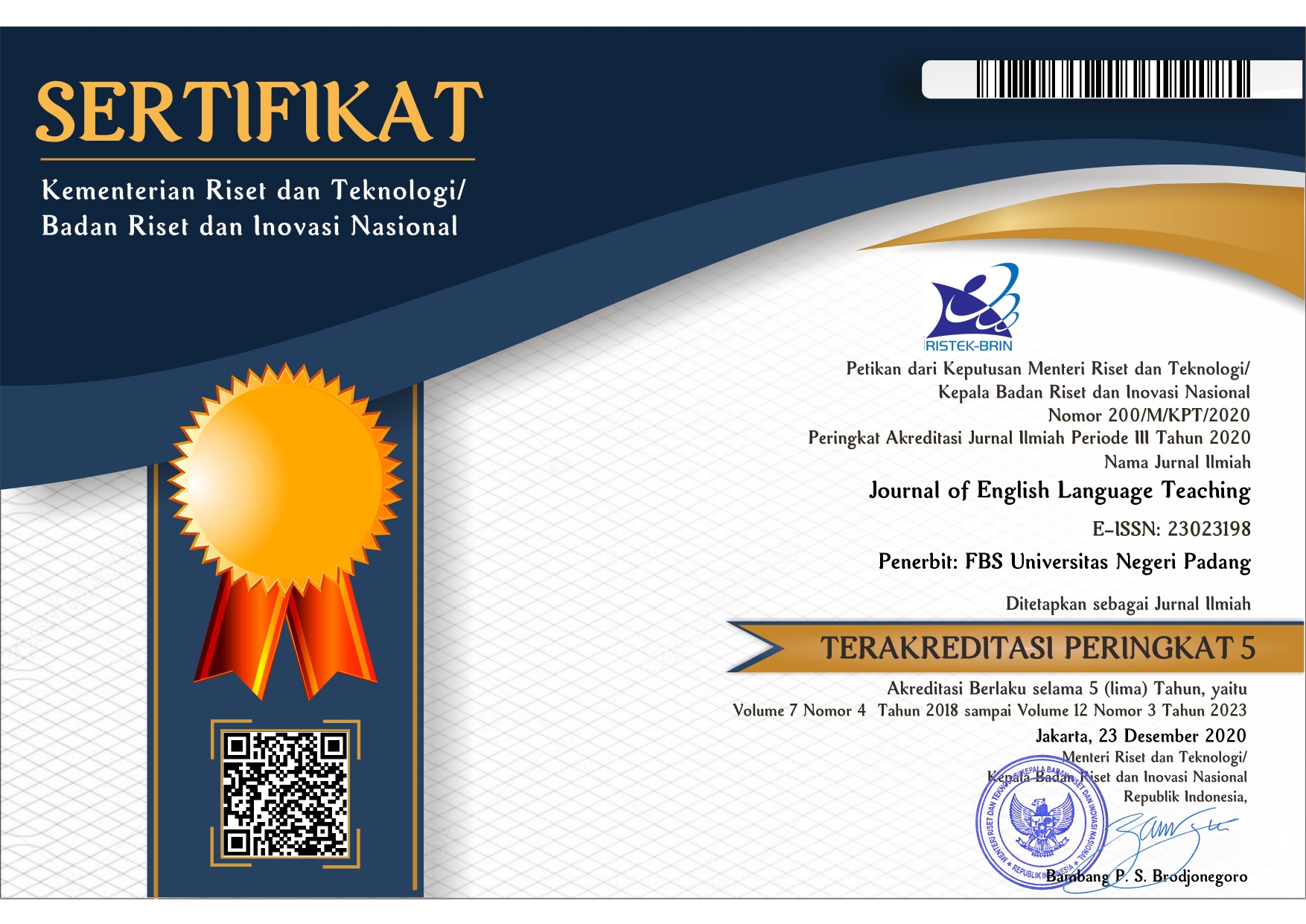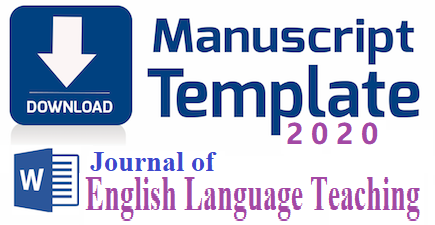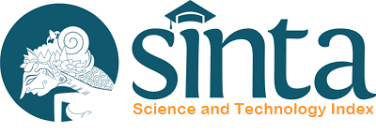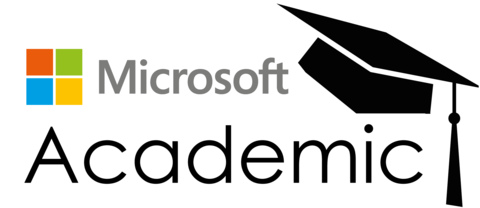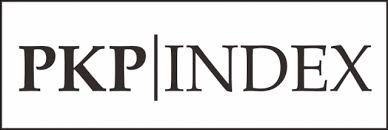An Analysis of Students Techniques in Paraphrasing at English Department Universitas Negeri Padang
 ), Delvi Wahyuni(2),
), Delvi Wahyuni(2), (1) Universitas Negeri Padang
(2) Universitas Negeri Padang
 Corresponding Author
Corresponding Author
Copyright (c) 2021 Latifah Maiyoritsa
DOI : https://doi.org/10.24036/jelt.v10i2.112479
Full Text:
 Language : en
Language : en
Abstract
Keywords
References
Alfaki, Dr. Ibrahim Mohamed. (2015). University Students’ English Writing Problems: Diagnosis and Remedy. International Journal of English Language Teaching Vol.3, No.3, PP.40-52. Retrieved from http://www.eajournals.org/wp-content/uploads/UniversityStudents----English-Writing-Problems-Diagnosis-and-Remedy.pdf
Angelova, M., & Ryazantseva, A. (1999). If you don’t tell me, how can I know? A case study of four international students learning to write the U.S. way. Written Communication, 16(4), 491-525.
Anogu, P (2018) Students problem in paraphrasing (A study conducted on sixth semester students on English department, year 2017)
Ariyanti, A., & Fitriana, R. (2017) EFL Students’ Difficulties and Needs in Essay Writing
Azwar, AH. 1996. Reliabiltas dan Validitas. Yogyakarta: Pustaka Pelajar.
Badiozaman, I. F. A. (2014). Paraphrasing challenges faced by Malaysian ESL students. IssuesI in Language Studies, 3(1), 49-69.
Bailey, S.2006Academic Writing: A Handbook for International Students (Second Edition.). Adobe Digital Editions version.
Bailey, S. (2011). Academic writing: a handbook for international students (3rd ed.). New York: Routledge.
Biggs, J. (1991). Approaches to learning in secondary and tertiary students in Hong Kong: Some comparative studies. Educational Research Journal, 6, 27-39.
Chi Do Na, et all. 2017. Paraphrasing in Academic Writing : a Case Study of Vietnamese Learners of English. Vietnam:An Giang University
Choy, S. C., & Lee, M. Y. (2012). Effect of teaching paraphrasing skills to students learning summary writing in ESL. Journal of Teaching and Learning, 8(2), 78-89.
Cooper, D.R., dan Schindler, P.S. 2006. Business Research Methods. USA: McGraw-Hill.
Davies, et all. 2011. Helpsheet Giblin Euson Library: Paraphrasing. Melbourne:University of Melbourne.
Davis, M. (2013). The development of source use by international postgraduate students. Journal of English for Academic Purposes, 12(2), 125-135.
Diah, Maulidya. 2012. The Effectiveness of Paraphrasing Strategy in Increasing University Students’ Reading Comprehension and Writing Achievemen. Palembang. Unpublished thesis
Dung, T. (2010). An investigation in paraphrasing experienced by vietnamese students of English in academic writing. Da Nang: Ministry of education and training university of Da Nang.
Fitzpatrick, Mary.2005. Engaging Writing: Paragraph and Essay. San Francisco: PearsonEducation.
Ghozali, Imam. 2009. "Aplikasi Analisis Multivariate dengan Program SPSS ". Semarang : UNDIP.
Greenberger, S., Holbeck, R., Steele, J., & Dyer, T. (2016). Plagiarism due to misunderstanding: online instructor perception. Journal of the Scholarship and Teaching and Learning, 16(6), 72-84.
Hirvela, A. & Du, Q. (2013). “why am I paraphrasing?”: undergraduate EFL writers’ engagement with source-based academic writing and reading. Journal of English for Academic Purposes, 12, 87-98.
Husin, M. S., & Nurbayani, E. (2017). The Ability of Indonesian EFL learners in writing academic papers. Dinamika Ilmu, 17(2), 237–250.
Hussain, S. S. (2019). Strategiesfor teaching academic writing to saudi L2 learners. English Language Teaching, 12(12), 1-11.
Howard, R. M., Serviss, T., & Rodrigue, T. K. (2010). Writing from sources, writing from sentences. Journal of Equinox Pablishing. 2(2), 177-192.
Keck, C. (2006). The use of paraphrase in summary writing: a comparison of L1 and L2 writers.Journal of Second Language Writing,15, 261–278.doi:10.1016/j.jslw.2006.09.006
Khairunnisa, W., Y,Gatot., & Surmiyati.(2014). Students’Problems in Paraphrasing. Pontianak: post graduate program university of tanjungpura.
Khrismawa, B. (2013) Students’ Perceptions About Paraphrasing And Their Cognitive Processes In Paraphrasing
Kumar, R. (2011). Research Methodology (Third ed). London: SAGE Publication.
Leonhard (2002), p. 231 Retrieved from http://www. Fremonths.org/ourpages/auto/2006/8/20/…/Summary%20R
Liao, M (2010) Students' Behaviors and Views of Paraphrasing and Inappropriate Textual Borrowing in an EFL Academic Setting
Madhavi, K. (2013). Paraphrasing Techniques To Develop Academic Writing In An ESL Context. Research journal of English Language and Literature. Vol.1.Issue.1.;2013. Retrived from: http://www.rjelal.com
Maysuroh et al. 2017 Students‟ English Writing Process and Problems: A Case Study at Hamzanwadi University
Mira, S. (2020). Students’ Paraphrased Texts and Their Perceptions of Paraphrasing in Academic Writing.
Oshima, A., & Hogue, A.(1998). Writing academic english, third edition. Young publishing house
Rahmatunisa, “Problems Faced by Indonesian EFL Learners in Writing Argumentative Essay,” English Rev. J. English Educ., vol. 3, no. 1, 2014.
Rahmayani, S.O (2018) Students’ Difficulties In Paraphrasing English Text
Silfiani, Aziz. Z. A., & Daud, B. (2018). Plagiarism in english academic writing: Students’ perceptions. English Education Journal (RRJ), 9(1), 102-123.
Sugiyono. (2016). Metode Penelitian Kuantitatif, Kualitatif dan R&D. Bandung: PT Alfabet.
Sulasti, Yenny. 2003. The Structure of The Paragraphs Written. Universitas Bengkulu
Toba, R., Noor, W. N., & Sanu, L. O. (2019). The current issues of indonesians EFL students’ writing skills: Ability, problem, and reason in writing comparison and contrast essay. Dinamika Ilmu, 19(1), 57-73.
Wati, H (2017) The Difficulties of Paraphrasing in Academic Writing for the Seventh Semester of English Department at UIN Antasari Banjarmasin From : http://idr.uin-antasari.ac.id/9229/
Wette, R. (2010). Evaluating student learning in a university-level EAP unit on writing using sources. Journal of Second Language Writing, 19(3), 158-177. https://doi.org/10.1016/j.jslw.2010.06.002
Wilkinson, R., & Hommes, J. (2010). A guide to academic writing skills.Netherlands: Maastricht University Publication
Younes, Zuhour Bani & Albalawi, Fatima Salamh. (2015). Exploring the Most Common Types of Writing Problems Among English Language and Translation Major Sophomore Femal Students at Tabuk University. Asian Journal of Basic and Applied Sciences Vol, 3 No.2 retrieved from http://www.multidisciplinaryjournals.com/wpcontent/uploads/2016/03/FULL-PAPER-EXPLORING-THE-MOST-COMMONTYPES-OF-WRITING-PROBLEMS.pdf
Z. B. Younes and F. S. Albalawi, “Exploring the Most Common Types of Writing Problems among English Language and Translation Major Sophomore Female Students at Tabuk University,” Asian J. Basic Appl. Sci., vol. 3, no. 2, pp. 7–26, 2015.
Zhang, Y. (2018). Exploring EFL learners’ self efficacy in academic writing based on process-genre approach. Journal Language Teaching, 11(6), 115- 124.
 Article Metrics
Article Metrics
 Abstract Views : 14654 times
Abstract Views : 14654 times
 PDF Downloaded : 679 times
PDF Downloaded : 679 times
Refbacks
- There are currently no refbacks.
Copyright (c) 2021 Latifah Maiyoritsa

This work is licensed under a Creative Commons Attribution-NonCommercial 4.0 International License.

